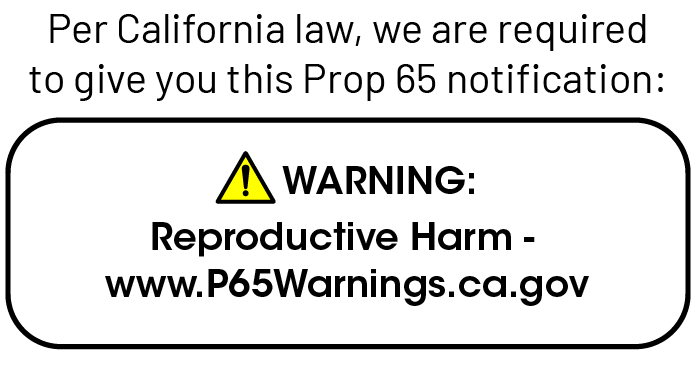Understanding Acids in Skincare | Skin Actives
Posted by Dr. Hannah Sivak and Brendan Leonard on Apr 6th 2021
We use acids to exfoliate: Alpha-Beta Exfoliant.
But, we also use them to hydrate: Hyaluronic Acid Moisturizer.
At first glance, it’s easy to see why this might seem contradictory. Shouldn’t exfoliation and hydration be achieved with entirely separate classes of chemicals?
Not necessarily.
The word “acid” in everyday usage evokes causticity and corrosiveness. But in chemistry, acids can have very different behaviors. To understand the mechanism beneath this seemingly contradictory relationship, today we’ll look at acids we use for exfoliation and acids we use for hydration and explain how they can produce such different effects on the skin.
Acids as Exfoliants
Exfoliation can have strong restorative effects on the skin, expunging dead cells, removing potential hideouts for bacteria and freeing pores to work correctly. To deliver these beneficial effects, we often turn to ascorbic acid, present in our Vitamin C 15% and 20% Serums.
Ascorbic Acid is an alpha-hydroxy acid, a water-soluble family of acids that loosen the bonds between aging and dead skin cells, allowing them to fall from the skin. Both of our Vitamin C Serums--along with our Ascorbic Acid Powder--serve as quality exfoliants for this reason, ridding the skin of unwanted material without the damaging effects of a chemical peel.
Our Salicylic Cleanser is another great example. Part of the reason our Salicylic Cleanser is a fantastic choice for acne or blemish-prone skin is the salicylic acid that gives it its name. Salicylic acid is a beta-hydroxy-acid, which means it can penetrate the oil-based layers of the skin, an essential step in eliminating clogs seated deeply in pores.
For the best of both worlds, turn to our Alpha-Beta Exfoliant Solution. Here, we’ve combined alpha-hydroxy acids with beta-hydroxy acids to create an exfoliant that penetrates both water and oil-based bonds. Alpha-Beta Exfoliant Solution will break up surface-level dead cells and reach deep through the lipid layers to expunge foreign material from pores at the same time. As an added bonus, our formulation of Alpha-Beta Exfoliant Solution excludes alcohol, making it less likely to cause discomfort and inflammation than competing products.
In any case, it’s important to remember that exfoliation exposes new skin layers to the sun, so using sunscreen and a moisturizer is recommended. What might surprise you is that the best moisturizer for this application may also be--you guessed it--another acid.
Acids as Hydration Factors
Once you’ve used acid-based exfoliants to expose new skin layers, you might reach for Hyaluronic Acid Moisturizer. Don’t hesitate just because you notice the word “acid” in the name.
Due to its chemical structure, hyaluronic acid has a remarkable capacity to bind with water molecules drawn from its surroundings, making it one of the best hydration factors available in skin care. Rather than weakening the bonds between dead skin cells, hyaluronic acid actually serves as a moisturizing acid--yes, there is such a thing. However contradictory it may seem, applying hyaluronic acid after an exfoliating acid makes a safe, smart and surprisingly effective combination.
Another acid that moisturizers rather than exfoliates is Sodium PCA, found in our Ultimate Moisturizing Cream. Like Hyaluronic Acid, Sodium PCA serves as a natural humectant, gathering water from its surroundings and locking it in place with chemical bonds. See the results for yourself with our Ultimate Moisturizing Cream or add Sodium PCAto a custom product of your own with our DIY alternative

